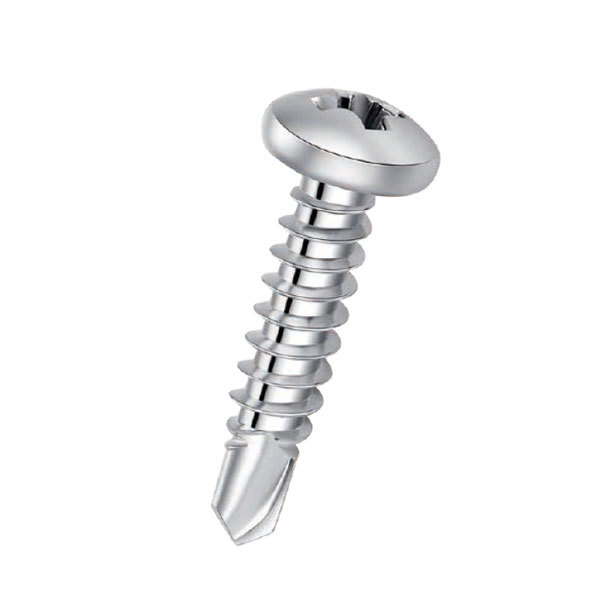Differences Between Wave Washers and Spring Washers for Export Purposes
Wave Washer vs. Spring Washer A Comparative Analysis for Exporters
When it comes to the selection of washers for various mechanical applications, wave washers and spring washers frequently come into play. Understanding the differences between these two types of washers is essential for exporters looking to meet the varied needs of their international customers.
Wave Washers
Wave washers, also known as wave spring washers, are engineered with a series of undulations or waves in their design. This unique shape allows them to provide consistent load and deflection characteristics. Their primary role is to absorb shock, accommodate thermal expansion, and maintain a steady preload on fasteners. This feature makes wave washers highly valuable in applications where precise loading is crucial, such as in automotive and aerospace engineering.
One of the notable advantages of wave washers is their compact design, which allows for efficient packing and reduced space requirements in assembly. Their lightweight structure also contributes to overall weight reduction in machinery, which is often a critical factor for export markets focused on fuel efficiency and sustainability. Additionally, wave washers can be manufactured from various materials, including stainless steel, which provides resistance to corrosion, making them suitable for use in hostile environments.
Spring Washers
wave washer vs spring washer exporter

On the other hand, spring washers are typically characterized by their helical shape and are designed to provide elastic resistance. They can be made from a variety of materials, including carbon steel and stainless steel, which can enhance their performance in different environments. Spring washers are mainly used to prevent loosening of fasteners due to vibration and pressure, making them popular in machinery and construction.
The strength of spring washers lies in their flexibility. They can accommodate a wide range of loads and provide a degree of elasticity that wave washers may not offer. However, this flexibility can also lead to a loss in preload over time, especially in high-stress environments, which might require regular maintenance or replacement.
Key Differences for Exporters
For exporters, understanding the specific applications and requirements of their clients is essential when choosing between wave washers and spring washers. Wave washers excel in applications requiring low-profile designs with minimal preload loss, while spring washers are preferable in situations where flexibility and load accommodation are paramount.
Furthermore, international standards and certifications may impact the choice of washer for various applications. Exporters must also be aware of the specific regulations in the target markets concerning material quality, environmental concerns, and manufacturing practices.
In conclusion, both wave washers and spring washers serve crucial functions in mechanical assemblies. Exporters should consider their clients' unique specifications, environmental conditions, and operational demands when selecting the appropriate washer type, ensuring not only customer satisfaction but also competitive advantage in the global marketplace.
-
Top Choices for Plasterboard FixingNewsDec.26,2024
-
The Versatility of Specialty WashersNewsDec.26,2024
-
Secure Your ProjectsNewsDec.26,2024
-
Essential Screws for Chipboard Flooring ProjectsNewsDec.26,2024
-
Choosing the Right Drywall ScrewsNewsDec.26,2024
-
Black Phosphate Screws for Superior PerformanceNewsDec.26,2024
-
The Versatile Choice of Nylon Flat Washers for Your NeedsNewsDec.18,2024










